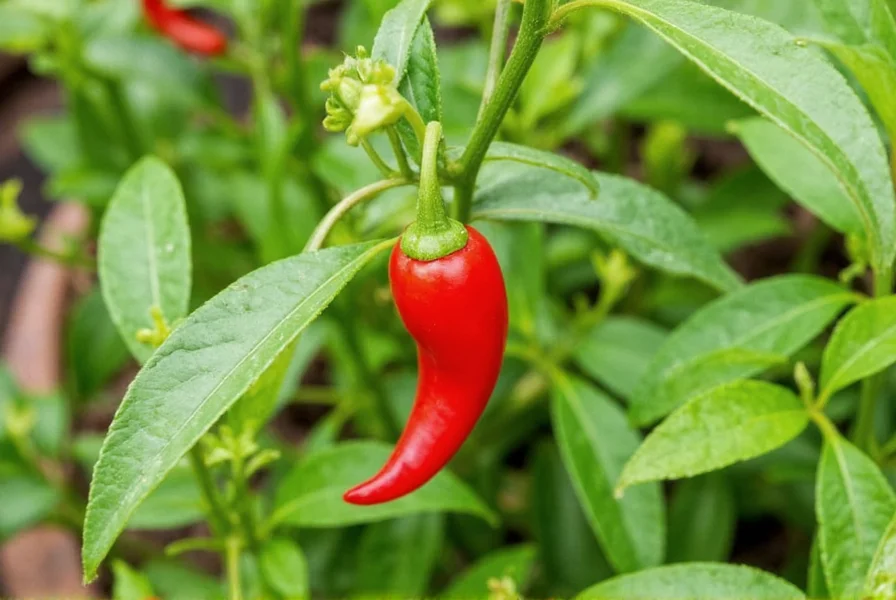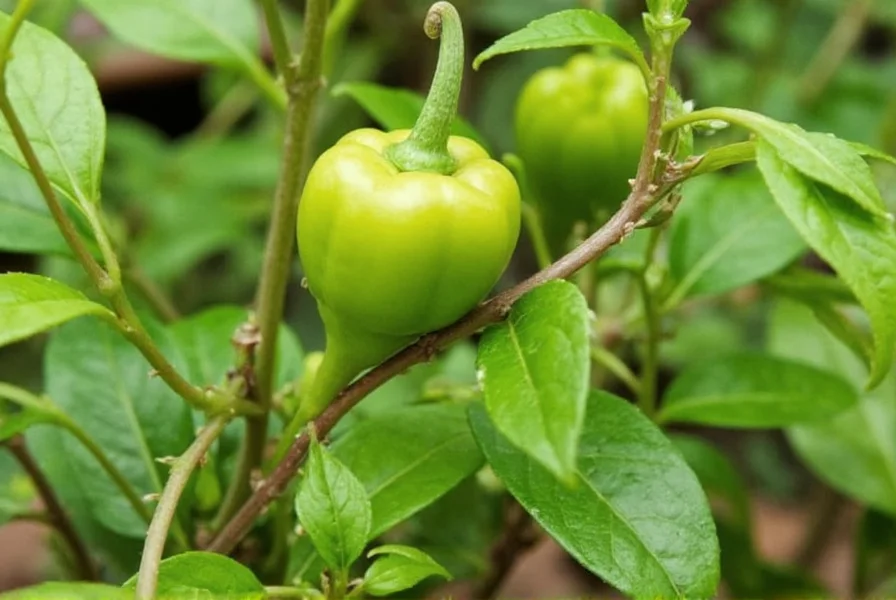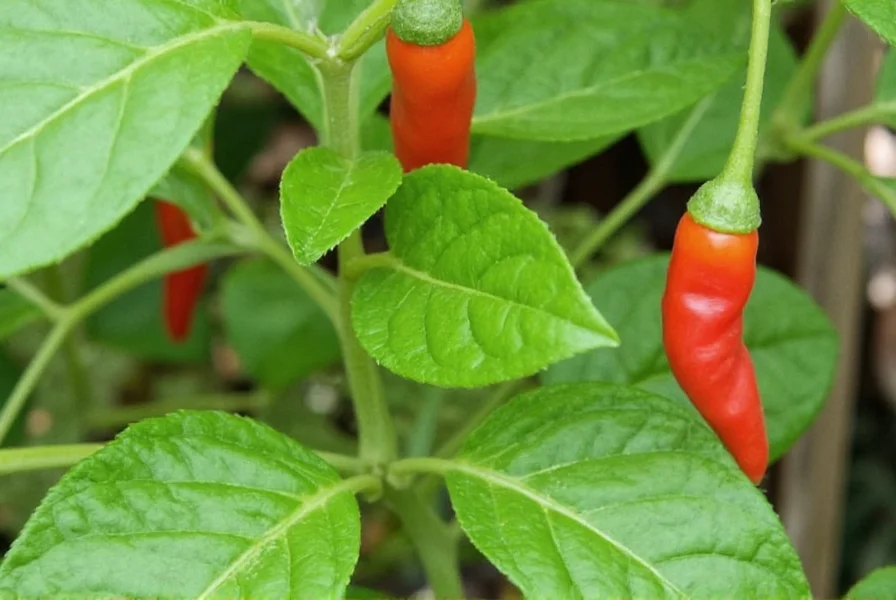For gardeners seeking to add fiery flavor to their culinary creations, growing cayenne pepper plants offers both practical and aesthetic benefits. These versatile chili peppers not only enhance dishes with their distinctive heat (measuring 30,000-50,000 Scoville units) but also provide striking visual appeal with their bright red pods against dark green foliage. Understanding the specific requirements for cultivating healthy cayenne pepper plants separates successful harvests from disappointing results.
Growing Requirements for Optimal Cayenne Pepper Production
Cayenne pepper plants flourish in environments that mimic their native Central and South American habitats. The ideal temperature range spans 70-85°F during the day and no lower than 60°F at night. These heat-loving plants suffer when temperatures drop below 50°F, making them suitable for USDA hardiness zones 9-11 as perennials, though most gardeners grow them as annuals in cooler regions.
Soil composition significantly impacts cayenne pepper plant health. A loamy, well-draining mix enriched with organic matter provides the perfect foundation. Incorporate 2-3 inches of compost into your garden bed before planting to improve soil structure and nutrient content. The ideal soil pH for cayenne pepper plants ranges from 6.0 to 6.8—slightly acidic conditions that facilitate optimal nutrient absorption.

Planting Your Cayenne Pepper Plants: Step-by-Step Guide
Successful cultivation begins with proper planting techniques. Most gardeners achieve best results by starting cayenne pepper seeds indoors 8-10 weeks before the last expected frost date. Maintain soil temperature at 80-85°F for optimal germination, which typically occurs within 7-14 days.
When transplanting seedlings outdoors, wait until nighttime temperatures consistently exceed 55°F and harden off plants gradually over 7-10 days. Space plants 18-24 inches apart in rows 24-36 inches apart to ensure adequate air circulation. For container gardening, select pots at least 12 inches in diameter with drainage holes—ideal for growing cayenne peppers in containers on patios or balconies.
Essential Care Practices for Healthy Cayenne Pepper Plants
Consistent watering represents one of the most critical aspects of cayenne pepper plant care. Maintain evenly moist (not soggy) soil, providing approximately 1-2 inches of water weekly. During fruiting season, increase watering slightly but avoid dramatic fluctuations that can cause blossom end rot. Mulching with organic material helps retain moisture and regulate soil temperature.
Fertilization requirements change throughout the growing season. Apply a balanced fertilizer (10-10-10) at planting time, then switch to a low-nitrogen, high-phosphorus formula (5-10-10) once flowering begins. Over-fertilizing, particularly with nitrogen, promotes excessive foliage growth at the expense of fruit production—a common mistake when growing cayenne pepper plants.
| Season | Fertilizer Type | Application Frequency | Notes |
|---|---|---|---|
| Planting | Balanced (10-10-10) | At planting time | Mix into soil before transplanting |
| Vegetative Growth | Balanced (10-10-10) | Every 3-4 weeks | Focus on healthy leaf development |
| Flowering/Fruiting | Low-N, High-P (5-10-10) | Every 2-3 weeks | Promotes flower and fruit production |
Managing Pests and Diseases in Cayenne Pepper Gardens
Cayenne pepper plants generally demonstrate good resistance to many common garden pests, though they remain vulnerable to specific threats. Aphids, spider mites, and whiteflies frequently target these plants, particularly in dry conditions. Regular monitoring and early intervention with insecticidal soap or neem oil typically resolves these issues without resorting to harsh chemicals.
Fungal diseases like powdery mildew and bacterial spot can affect cayenne pepper plants, especially in humid conditions with poor air circulation. Prevent these problems by watering at soil level (avoiding foliage), maintaining proper plant spacing, and removing affected leaves promptly. Crop rotation practices also help prevent soil-borne diseases when growing cayenne peppers year after year.
Harvesting and Processing Your Cayenne Peppers
Timing your harvest correctly ensures maximum flavor and heat development. Cayenne peppers typically mature 70-100 days after transplanting, changing from green to bright red when fully ripe. Harvest by cutting peppers from the plant with scissors or pruning shears, leaving a small stem attached. Never pull peppers off, as this can damage the plant.
For preservation, several methods work well with cayenne peppers. Air-drying involves threading peppers on a string and hanging them in a warm, dry, well-ventilated area. Oven-drying at the lowest setting (125-135°F) with the door slightly ajar takes 8-12 hours. Once completely dry, peppers can be ground into cayenne powder using a spice grinder. Properly stored in airtight containers away from light, dried cayenne peppers maintain quality for up to one year.

Troubleshooting Common Cayenne Pepper Plant Problems
Even experienced gardeners encounter challenges when growing cayenne pepper plants. Yellowing leaves often indicate either overwatering or nutrient deficiency—check soil moisture and consider a balanced fertilizer application. Poor fruit set typically results from temperature extremes (below 60°F or above 90°F), inadequate pollination, or improper fertilization.
Blossom end rot, characterized by dark, sunken spots on the pepper bottoms, stems from calcium deficiency often caused by inconsistent watering. Maintain even soil moisture and consider adding calcium-rich amendments like crushed eggshells to the soil. If plants produce abundant foliage but few peppers, reduce nitrogen fertilization and ensure plants receive adequate sunlight—a critical factor in cayenne pepper plant sunlight requirements.
Frequently Asked Questions About Cayenne Pepper Plants
How long does it take for cayenne peppers to grow from seed to harvest?
Cayenne peppers typically require 100-120 days from seed to harvest. When starting with transplants (8-10 weeks old), the timeframe shortens to 70-100 days from transplanting to mature red peppers. The exact duration varies based on climate, soil conditions, and specific cultivar.
Can I grow cayenne pepper plants in containers successfully?
Yes, cayenne pepper plants adapt well to container growing. Select pots at least 12 inches in diameter with adequate drainage. Use high-quality potting mix rather than garden soil, and maintain consistent watering as container plants dry out faster. Container-grown plants may require more frequent fertilization and benefit from staking for support as they mature.
Why are my cayenne pepper plants not producing fruit?
Several factors can prevent fruit set in cayenne pepper plants: temperatures below 60°F or above 90°F, inconsistent watering, excessive nitrogen fertilization, inadequate pollination, or insufficient sunlight. Ensure plants receive 6-8 hours of direct sun daily, maintain even soil moisture, use appropriate fertilizers, and gently shake plants during flowering to aid pollination.
What's the best way to store fresh cayenne peppers?
Store fresh cayenne peppers in the refrigerator's crisper drawer for up to 2-3 weeks. Place them in a perforated plastic bag to maintain humidity without trapping excess moisture. For longer storage, freeze whole or sliced peppers in airtight containers for up to 6 months, or dry them completely for grinding into cayenne powder that lasts up to a year when stored properly.











 浙公网安备
33010002000092号
浙公网安备
33010002000092号 浙B2-20120091-4
浙B2-20120091-4